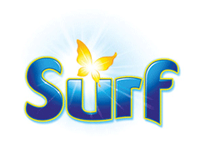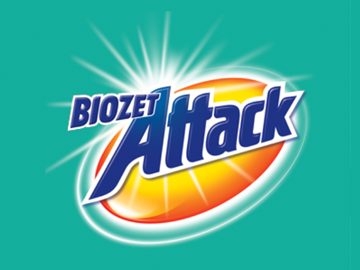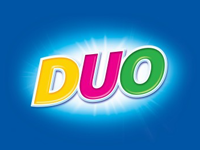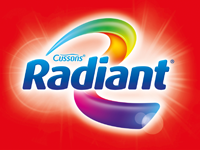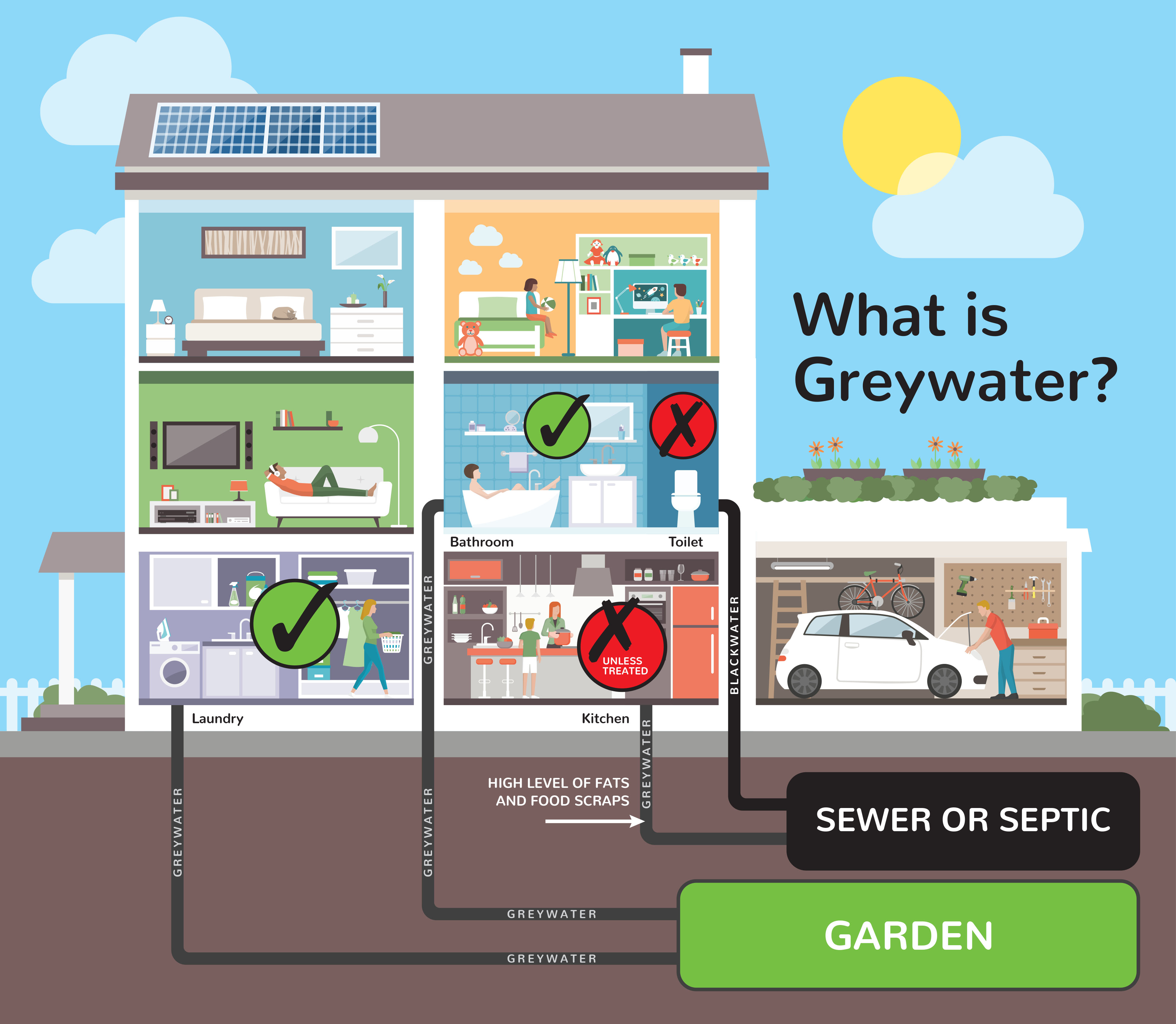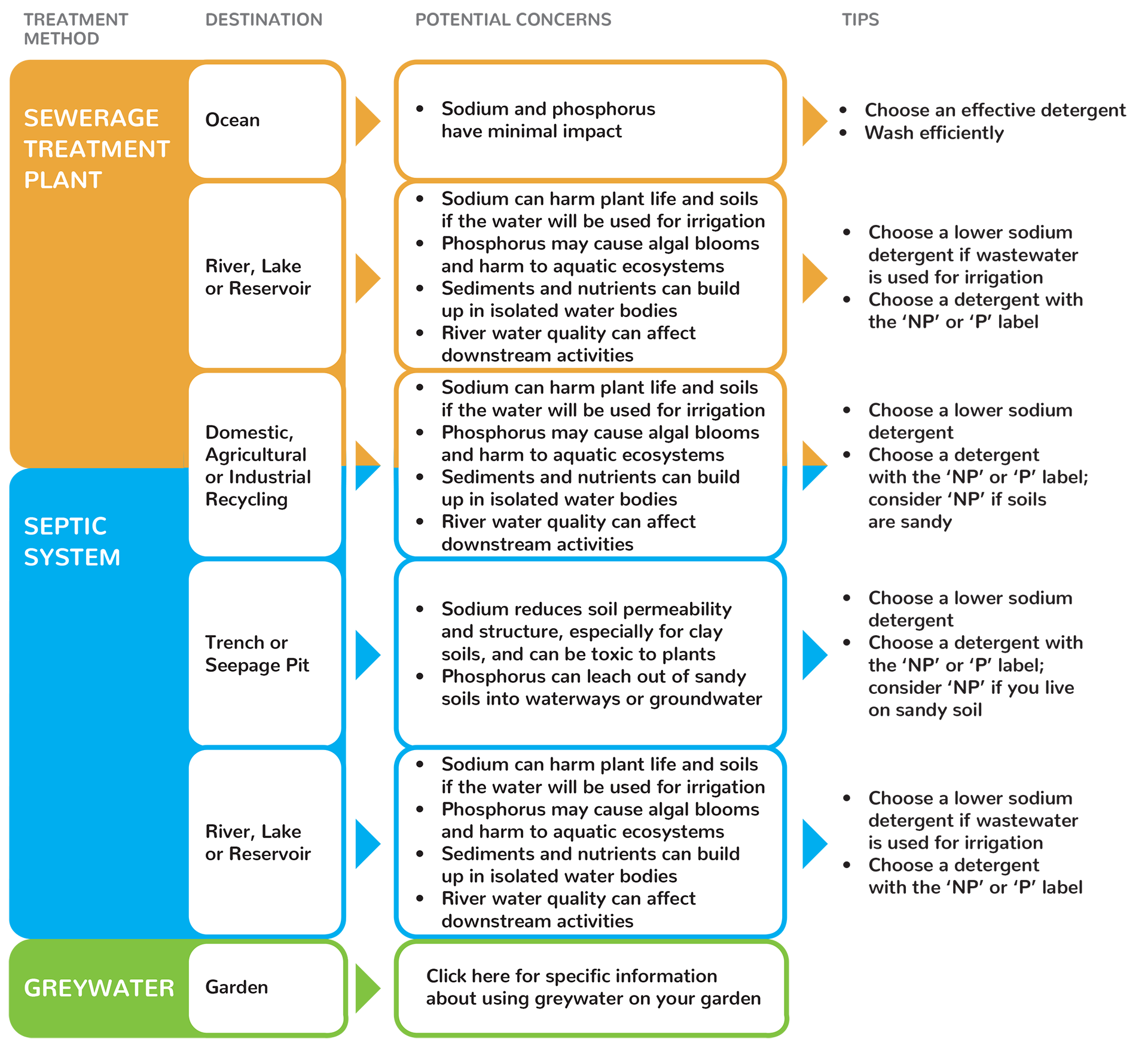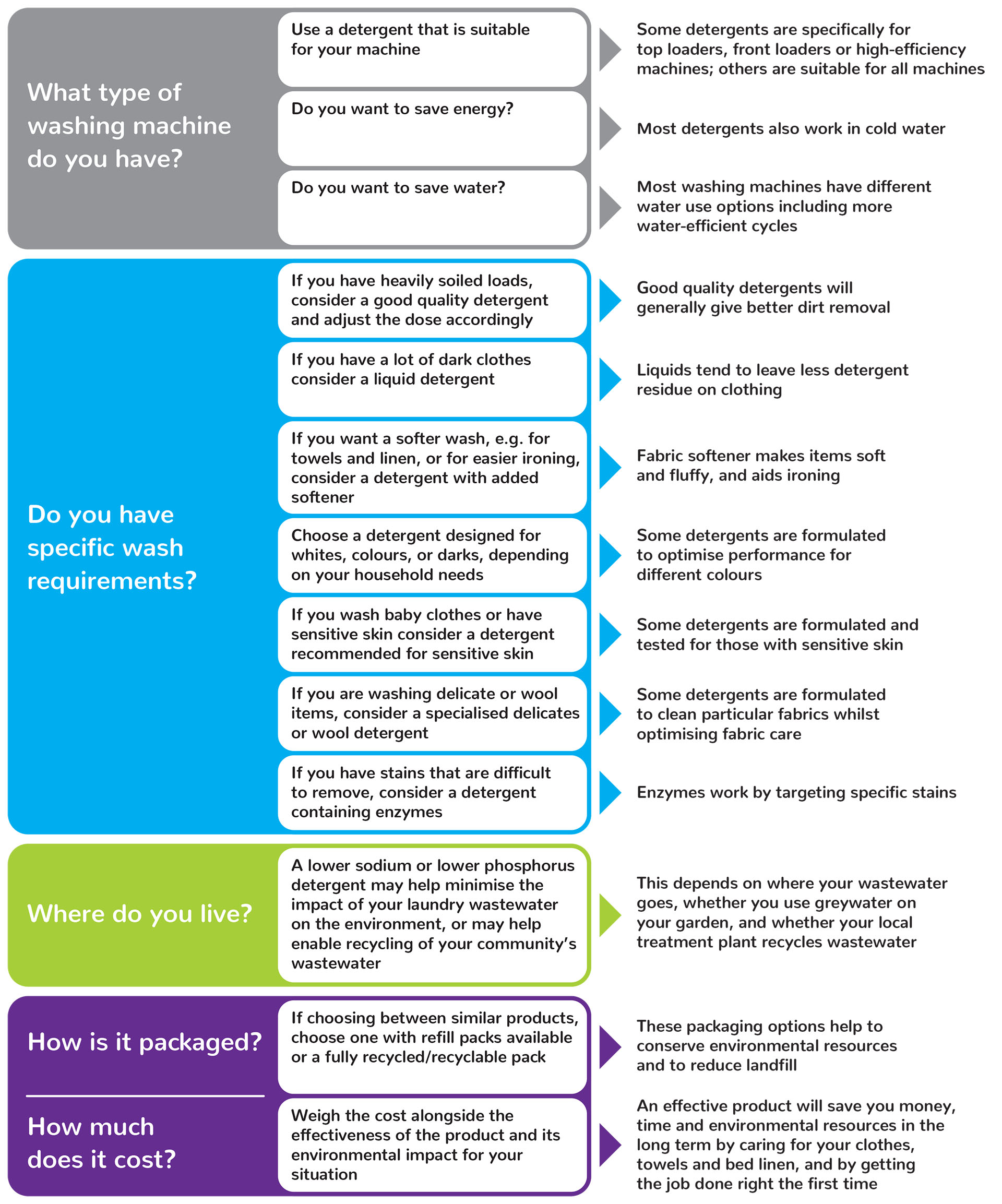Setting up your laundry
SETTING UP YOUR LAUNDRY
Choosing a laundry detergent
Before sorting laundry, before touching the washing machine ON button – one important choice for a WashWise laundry is which laundry detergent to choose.
Choosing a laundry detergent may seem trivial, but it can be an impactful decision. It is an ongoing expense, is key to the cleanliness of wash items, and can potentially affect the environment. These are important considerations for a WashWise household.
Step 1: Choose an effective detergent that does the job
Imagine doing your laundry without detergent! Laundry detergents provide the chemical energy required to remove soils from wash items, and to keep them from redepositing in the wash. Without detergent wash items will become unhygienic, unattractive and uncomfortable.
If your detergent doesn’t wash well you are wasting time, money, and environmental resources. You are not protecting your investment in clothes, towels and bed linen. If your wash items are kept in good condition they will last longer, which also means less environmental impacts from manufacture of replacement items.
You might like to talk to family and friends for product recommendations, read the advice of consumer advisory groups, and look for online user reviews.
Most of today’s laundry detergents are highly efficient, highly concentrated products. Laundry detergent concentrates translate into many environmental benefits:
- Less chemicals required per wash…
…reducing total dissolved solids (TDS) in wastewater and so reducing the burden on wastewater treatment and recycling systems.
- Less packaging required…
…saving cardboard and plastic resources, as well as water and energy.
- Less transport needed…
…saving fuel resources and reducing greenhouse gas emissions.
- Less water needed in the manufacture of liquid detergents…
…conserving precious water resources.
Step 2: Choose a detergent that meets your household needs
Did you know that there are many specialised laundry detergents? This is because people have different laundry needs and preferences, and because households are in different locations around Australia, with different environmental considerations and water recycling activity.
Washing wisely means choosing the laundry detergent product that is best suited to your needs and your wastewater destination and using it responsibly.
These days, a detergent does more than just clean. Specialised detergents are formulated using specific ingredients which give particular wash features.
For example, there are three formats of laundry detergents: powders, liquids and single dose (also known as capsules or pods).
Then there are products designed specifically for white, coloured, delicate or wool clothing, products with enzymes for enhanced stain removal, with fabric softener, and products specially designed for babies and those with sensitive skin.
Washing wisely means choosing the laundry detergent product that is best suited to your needs and your wastewater destination and using it responsibly.
Washing wisely means choosing the laundry detergent product that is best suited to your needs and your wastewater destination and using it responsibly.
Step 3: Choose a detergent that is suitable for the environment
Your laundry activities produce wastewater. The quality and quantity of this wastewater are important considerations when taking a WashWise approach to laundry.
Laundry wastewater is over 99.9% water. Your laundry activities contribute soils, microorganisms and laundry detergent ingredients. The composition of wastewater can influence its impacts on the environment, and the ease with which it can be treated for recycling.
First, it’s important to know where your wastewater goes
Where you live determines where your wastewater goes, how it is treated, and therefore what kind of laundry detergent is best.
In Australia, most wastewater is treated to produce biosolids and effluent. The destination of these products dictates what level of treatment is required to minimise any negative health or environmental impacts, and to increase opportunities to recycle these products.
Recycled household waste water has a variety of uses in Australia: rural and urban irrigation, use in industry, for drinking, and for environmental uses such as aquifer recharge
The chart illustrates the % of water that Australian jurisdictions recycled in 2009/10.[ii]
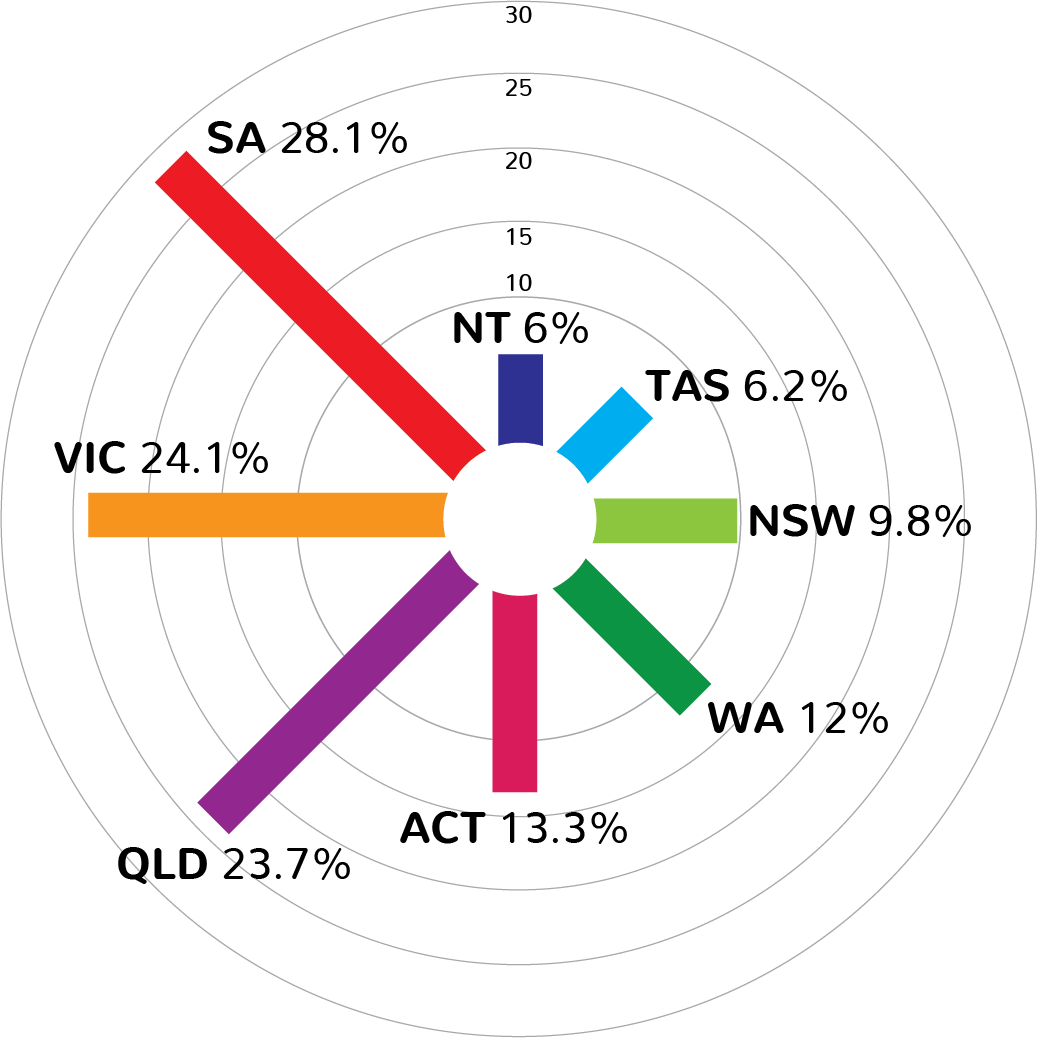
Your household is likely serviced by a sewage treatment plant. Many coastal plants discharge to the ocean, but some discharge to inland waterways within urban areas. Increasingly, effluent undergoes further treatment to provide recycled water for various uses.
Your wastewater is likely treated at a local sewage treatment plant and the effluent discharged to inland waters or reused on land.
You are likely to have a septic tank. These rely on anaerobic microorganisms breaking down some of the suspended solids in the wastewater. The liquid effluent then drains to absorption trenches or seepage pits where the surrounding soil bacteria breaks down organic matter. Further treatment such as disinfection can be performed if the water is to be recycled, otherwise the treated water is eventually discharged through underground pipes to your land.
Some communities are serviced by Septic Tank Effluent Disposal (STED) systems that collect septic effluent from household tanks for off-site treatment, usually in oxidation lagoons, before its discharge to the environment or reuse. Reasons for STED systems could include a region having unsuitable soils or environmental sensitivity.
Not sure what happens to your wastewater?
You could contact your local water authority.
Next, you need to consider how laundry detergents can affect the environment
Modern laundry detergents contain chemical ingredients that clean, enhance the look and feel of your fabrics, and aid the wash process. Read more on the science behind the wash.
Depending on what happens to your laundry wastewater, some of these ingredients have the potential to impact the environment. Additionally, the amount of chemicals in your wastewater can impact water treatment and recycling options.
Total Dissolved Solids (TDS) include all the detergent ingredients dissolved in laundry wastewater. Sodium is the most common contributor.
If TDS levels in wastewater are too high, this can limit wastewater recycling or discharge to inland waterways unless additional expensive and environmentally costly treatment is provided.
Sodium is found in surfactants, some builders, some bleaching agents, and some anti-redeposition agents. These ingredients are essential to good wash results.
If there are high sodium levels in your wastewater when it enters a septic system, or if you reuse laundry greywater on the garden, this can be toxic to plants. High sodium can also cause loss of soil structure and permeability, especially for clay soils.
High sodium can also limit recycling options, as for TDS.
Sodium is not of concern if your wastewater goes to the ocean after treatment.
There are many lower sodium products available.
Phosphorus is found predominantly in builders as phosphate. It assists surfactant action by softening water and helping prevent redeposition of soils onto wash items.
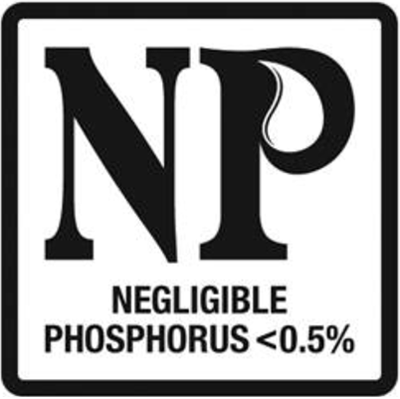 However, most laundry detergents are now formulated with negligible phosphorus “NP” levels of below 0.5%, whilst still providing great wash results. Low phosphorus products bear the “P” symbol and contain less than 7.8 grams per wash.
However, most laundry detergents are now formulated with negligible phosphorus “NP” levels of below 0.5%, whilst still providing great wash results. Low phosphorus products bear the “P” symbol and contain less than 7.8 grams per wash.
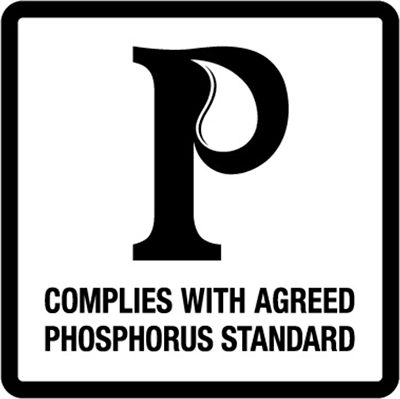 High phosphorus levels in your wastewater could potentially contribute to algal blooms if your wastewater is directed to inland waterways, or if your septic system discharges to sandy soil from which phosphorus could leach. This is because phosphorus is a plant nutrient; in waterways it can cause algal species to over-proliferate, leading to depletion of oxygen (“choking”) and harm to other aquatic life.
High phosphorus levels in your wastewater could potentially contribute to algal blooms if your wastewater is directed to inland waterways, or if your septic system discharges to sandy soil from which phosphorus could leach. This is because phosphorus is a plant nutrient; in waterways it can cause algal species to over-proliferate, leading to depletion of oxygen (“choking”) and harm to other aquatic life.
Total alkalinity and pH and are determined by the alkalis and buffers in the laundry detergent. Most laundry detergent powders have pH > 9.5 (neutral is pH 7) with the final pH of the laundry wastewater depending on the total water volume. Rinse water is lower in pH than wash water.
Total alkalinity refers to how easily the pH can be changed: high total alkalinity means a relatively stable pH that is difficult to change.
If you want to reuse your laundry greywater on the garden, alkaline laundry water could raise the soil pH, which can interfere with plant uptake of vital nutrients. Most plants prefer slightly acidic soil (pH < 7) and few are healthy in soil with pH > 9.
Biodegradability refers to how readily an organic substance is broken down by microorganisms. (Non-organic ingredients cannot, by definition, be biodegradable; this means the term “biodegradability” is irrelevant for many essential laundry detergent ingredients. It does not mean that they are bad for the environment if the detergent is used in the recommended way.)
Most laundry detergents indicate that they contain biodegradable surfactants, which are the active cleaning ingredients. This means that the surfactants have been tested against an accepted standard and will have low environmental impact in all usual laundry practices.
SETTING UP YOUR LAUNDRY
Choosing a washing machine
Before opening a detergent pack, before sorting laundry, one important choice for a WashWise laundry is what washing machine to buy.
The washing machine is the centre of the modern laundry. It provides the mechanical energy needed to agitate and spin clothing, and to pump water. It plays a vital role in protecting your household’s investment in clothing, towels and bed linen. Nearly 98% of Australian households have a washing machine.[iii]
Choosing a washing machine is obviously an important but infrequent decision. There can appear to be a myriad of choices when buying a new washing machine. Top loader or front loader? What size? What features? The range of options can seem overwhelming.
Below are some things to consider when purchasing a new washing machine for a WashWise laundry.
1. Do you really need to buy a new washing machine?
Manufacture of any item, including a new washing machine, requires environmental resources. Buying a new machine also means getting rid of your old one, which contributes to landfill.
- Has the performance of my machine declined? If so, could something else explain this decline: are my wash items more soiled, or have I changed laundry detergents?
- Do I have to do too many loads of washing per week because my household has outgrown my washing machine?
- I really do need a new machine – is there someone who could use my old one?
2. What capacity washing machine do you need?
Washing machine capacity is in kilograms, which refers to the weight of the dry wash load that it can hold. Capacity ranges from small (4-5.5 kg) to medium (6-7 kg) to large (7.5-10 kg).
- What is the weight of my typical wash load (why not stand on the scales and weigh it!)?
- Do I have enough drying space to do fewer, larger loads?
- Am I anticipating any household changes in the coming years?
3. What type of machine: front loader or top loader?
After capacity, the choice is about a washing machine that washes well and is economical.
There are two main types of washers: top loaders and front loaders.
A third category of “High Efficiency” (HE) machines look like top loaders but have some of the advantages usually associated with front-loaders. You might want to do some research about these options.
- are gentler on clothes
- use less water
- are easier to reach into
- save space
- have higher spin speeds (get more water out of the wash load)
- have shorter cycles
- have better rinse performance
- have a greater range of large-capacity models
- are less expensive
- What are the pros and cons of these features for my household?
In Australian households...
In Australian households…[iv]
| in 2010 | in 2014 | |
|---|---|---|
| Use of front loaders | 27% | 34% |
| Use of top loaders | 60% | 52% |
4. How water efficient is the machine?
Under the Water Efficiency and Labelling Standards (WELS) Act 2013, washing machines sold in Australia must have a WELS sticker. This label is granted after the machine has satisfied performance criteria defined by AS 6400:2016.
The WELS label has a zero to six star rating, with each half-star representing a 10 litre water saving on a regular load. The label also shows the water consumption in litres per wash for the cycle used to pass the standard.
For more information go to www.waterrating.gov.au
- How do WELS labels compare for washing machines that have a suitable capacity for my household’s needs?
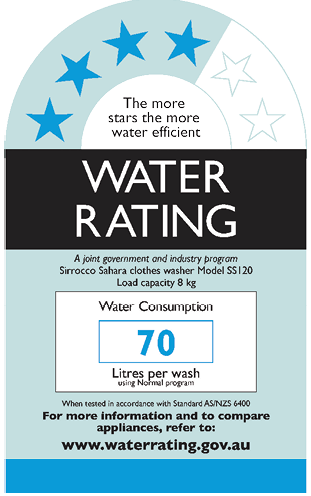
When buying or replacing a washing machine in 2014, 40% of households considered the water efficiency rating.[ii]
When buying or replacing a washing machine in 2014, 40% of households considered the water efficiency rating.[ii]
5. How energy efficient is the machine?
Under the Greenhouse and Energy Minimum Standards (GEMS) Act 2012, washing machines sold in Australia must display an energy efficiency label, granted after the machine has satisfied the testing requirements set out in AS/NZS2040.2:2005.
Since 2015, in addition to the 6-star efficiency label there has also been the 10-star ‘super efficiency label’. As well as the star rating, both also show the energy consumption for a normal warm and cold wash cycle in kilowatt hours (kWh) per year.
For more information go to www.energyrating.gov.au.
There is also an ‘Energy Rating Calculator’ that can help you calculate costs and compare models.
- How do Energy Rating labels compare for washing machines that have a suitable capacity for my household’s needs?
- Could I wash in cold water? Australian detergent manufacturers specifically design and test their products for cold water washing.
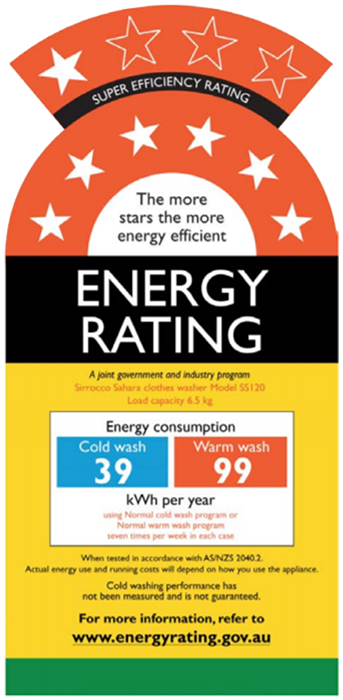
When buying or replacing a washing machine in 2014, 47% of households considered the energy efficiency rating.[ii]
When buying or replacing a washing machine in 2014, 47% of households considered the energy efficiency rating.[ii]
6. What performance aspects should I consider?
The most important aspects of washing machine performance are:
- Wash – how well soils and stains are removed from fabrics
- Rinse – how well soil and detergent residues are removed from fabrics
- Spin – how effectively water is removed from fabrics
- Gentleness – how well wear and tear of fabrics is minimised
There is no point buying the most water and energy efficient washing machine if it gives poor performance.
- Do my family and friends have any recommendations?
- Have there been any recent reports by trusted consumer advisory groups?
- Are there product endorsements from detergent companies or water authorities?
- What do online user reviews say?
7. Other factors you may want to consider!
- What about noise? Will the machine be near my living areas, or somewhere else where noise will be an issue?
- What about time? When do I typically do my laundry? Does it need to be finished quickly? Would a delay start option be useful?
- What about placement? Does it need to fit in a small space? Will it be mounted off the floor? Will the floor be strong enough to support the machine?
- What about accessibility? Can I reach comfortably into the furthest part of the machine? Can I understand and operate the controls? Can I easily open the machine and any compartments?
- What about additional features? Do I need specialised programs, selectable spin speed, detergent or fabric softener dispensers, an auto-load sensor, a child lock, the ability to add late wash items?
8. How much will it cost?
The two costs for you to consider are upfront expense and ongoing running cost. A machine that costs more initially may save you money in the long term because it is cheaper to run.
- Am I eligible for any rebates? You can search via www.yourenergysavings.gov.au/rebates.
Running costs can be estimated using the WELS and Energy Rating labels:
- For water: multiply the water volume (from label) by the cost of water per litre – this is the cost per load. For annual cost, multiply by the number of loads per week and 52 weeks in a year.
- For energy: multiply the annual kilowatt hours (from label) by the cost of energy for your household – this is the annual cost. (The label assumes seven regular washes per week, so you can adjust by dividing by seven and multiplying by your average number of wash loads.)
SETTING UP YOUR LAUNDRY
Making sure your laundry is safe
So, you have chosen your detergent and your machine. Now, how to make sure that your laundry is safe, especially if you have young children at home?
Laundry products are safe to use according to their instructions. However, unsuitable exposure to household products, including laundry products, can be harmful. Children aged 0-4 are one of the groups at highest risk of poisoning by household products: their increasing mobility, hand-to-mouth behaviour, curiosity, lack of judgment and inability to read mean that young children run a higher risk of exposure to potential hazards in general.[v]
Extra care with laundry capsules
Laundry detergent capsules contain highly concentrated ingredients enclosed in single‐dose, water soluble packaging. There are several benefits of this format including simple, no‐mess usage, not overdosing the wash, plus reduced environmental footprint in transport.
Although laundry detergent capsules are currently used by a minority of Australian households, additional care is potentially needed with this format. This is because capsules can be particularly attractive to children: their size makes them easy to handle and their appearance can resemble that of confectionery.
The Australian laundry detergent industry responded to the need for extra care with laundry detergent capsules. Through industry body Accord, leading laundry detergent manufacturers in dialogue with the Australian Competition and Consumer Commission (ACCC) Product Safety Branch developed the Australian Industry Guideline for Labelling & Packaging of Liquid Laundry Capsules.[vi] This Guideline provides advice to manufacturers on how to help ensure that there is no unintended exposure to these products.
Safe storage of laundry products
Precautions should be taken to keep all laundry products, not just capsules, safely out of the reach of children. What precautions can you take at home?
- Don’t allow children to handle laundry products.
- Keep products in their original containers.
- Keep containers closed and, in the case of capsules especially, dry.
- Store products out of sight of children and well out of their reach. Can your child climb like a monkey? Get inside the mind of your child and climb-proof your space! Use a cupboard with a child-resistant lock if storage up high is not possible.
If accidental exposure occurs, see the pack for instructions or call the Poisons Information Centre on 13 11 26.
Children and Household Product Safety has more information on preventing child poisoning in the home.
[i] Retail World December 2017
[ii] Australian Water Association, Water Recycling Fact Sheet
[iv] Roy Morgan Single Source (Australia), January–December 2014
[v] https://accord.asn.au/sustainability/codes-guidelines/children-safe-storage-household-products/


